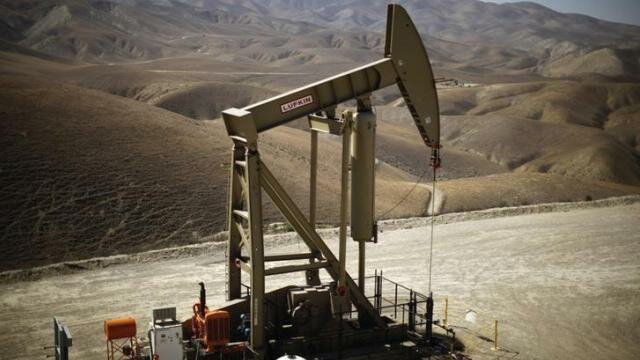The mining industry of Sudan was mostly driven by extraction fuel minerals, with petroleum accounting
for a substantial contribution to the country's economy, until the autonomous region of Southern Sudan became an independent country in July 2011.[1] Gold, iron ore, and base metals are mined in the Hassai Gold Mine. Chromite is another important mineral extracted from the Ingessana Hills. Other minerals extracted are gypsum, salt, and cement. Phosphate is found in Mount Kuoun and Mount Lauro in eastern Nuba. Reserves of zinc, lead, aluminium, cobalt, nickel in the form of block sulfides, and uranium are also established. Large reserves of iron ore have been established.
Iron ore reserves lie in the Red Sea Mountains, in Mount Abu Tolo in South Kordofan, and in West Darfur and Baljrawih in River Nile State. The reserves found in the Baljrawih area and Wadi Halfa areas have been assessed at 2 billion tons.
Chromium deposits have been established in the Inqasna Mountains, the Nuba Mountains, and the Red Sea Mountains. The estimated reserves of crude chrome are 1 million tons. Chrome has been extracted since the 1970s.[3] Chromite is extracted from the Ingessana Hills, which has an estimated reserve of 1 million tons; production here in the recent years has been about 10,000 tons per year. Manganese is found in the Red Sea Mountains and the Albeodh desert along the River Nile, and in areas around Khartoum State.
Base metals like zinc, lead, aluminium, cobalt, and nickel found in the form of block sulfides are volcanic in nature. Zinc ore is assessed as 60 million tons in the Red Sea area. Lead is found in the Kutum area of North Darfur, aluminium in Darfur, cobalt in the Red Sea, and nickel in the Red Sea, Blue Nile, and South Kordofan.
Uranium and rare earth elements have been found in Darfur pit copper, South and West Kurdufan, Red Sea, and Butana.
Graphite has been located in the Blue Nile. Asbestos ore reserves in Inqasna have been assessed at 6,650 million tons, and asbestos fibers in the Gouge Zone Bees Reserve have the potential of 53,500 million tons, of which some has been mined.
Tungsten reserves were assessed by the Bureau de Recherches Geologiques et Minieres in 1981 in the Mount Ayub Ali area. The estimate of crude oil reserves was approximately 531,000 tons. Gypsum has been identified in the Beraat region and in Mount Sagomhas, which has an estimated reserve of 34 million tons in the sea and 124 million tons at a depth of 50 metres (160 ft).
-
2nd Digital Marketing Summit in KhartoumNext >

